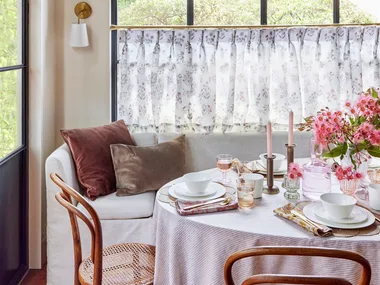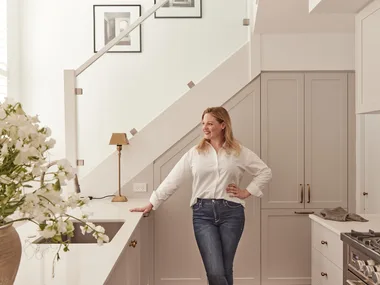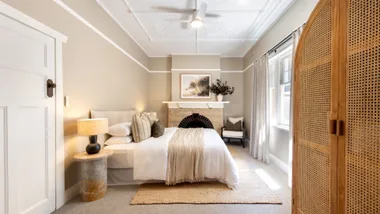Faced with a blank space that you want to transform into a beautiful room? We’re here to help.
The essential launchpad for any decorating plan is a moodboard – basically a curated collection of colours and materials that you’ll use to create your room’s look. Start by seeking inspiration. Identify the room’s use, and browse interiors magazines, trawl through shops and scour online sources such as Insta and Pinterest to gather a pile of images you love.
Sift through your collection, picking out your favourites. You’ll start to see a pattern emerging, in terms of both style and colour; it might be Hamptons and navy, mid-century and citrus, or anything in between. Don’t forget to include pictures of pieces that you already have and intend to include, such as an heirloom dresser or much-loved artwork (which could even be the starting point for your scheme). You’re looking for a common theme that will form the basis of your moodboard.

Now, ditch the pics that don’t fit. A cohesive palette will generally have three main colours or neutrals (more can work beautifully, but you need a keen eye for colour to avoid a jarring effect). Take note of the amount of natural light in the room, and which way it faces. In strong northern light, cooler colours will often work better than warm ones, which can look too vivid in a sunny space. It’s all about undertones, so if you’re considering having blue walls in a light-filled room, try a blue with a hint of grey rather than one with a touch of red that really wants to be purple when it grows up.
Next, collect samples of all the colours and materials destined for your room, including any furnishing fabrics for big pieces and accessories. Start with the floor, which as a large area has a big impact on your overall decor. Timber – or the increasingly authentic-looking, budget-friendly vinyl or laminate lookalikes – comes in a range of tones which means there’s a perfect fit for just about any scheme. Carpet and rugs, which are brilliant in bedrooms, can give you a neutral base in ivory, beige or grey, but can also deliver eye-catching impact with rich colour, or create a cocooning effect with dark hues.
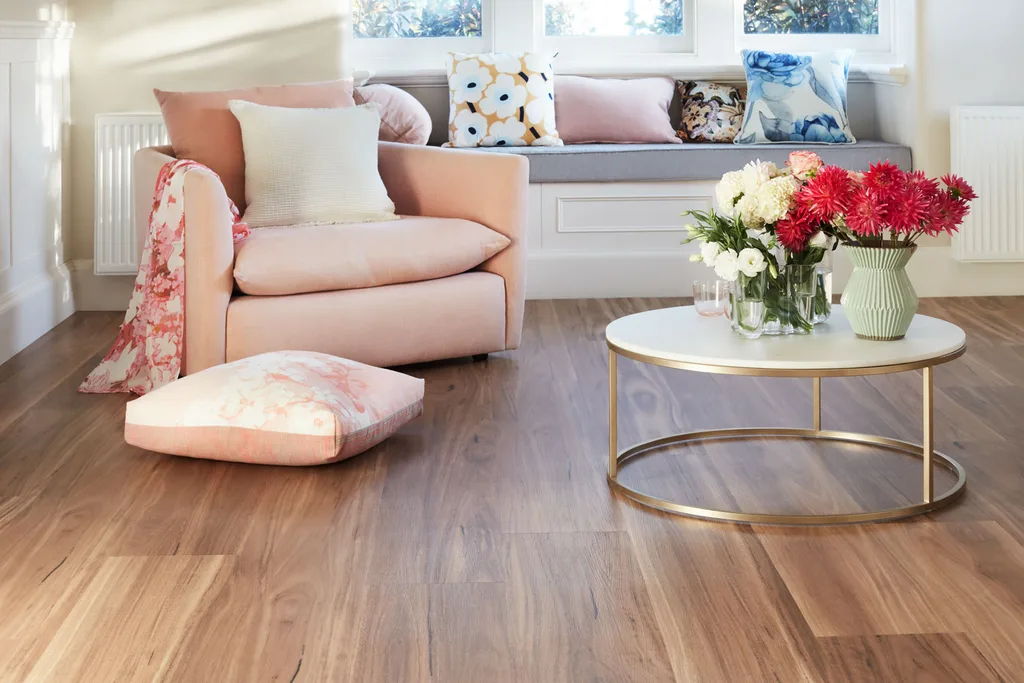
Walls are the other big player in your colour show. Choosing swatches sized in proportion to their use can help you gauge the overall effect, so include floor or wallpaper samples that are larger than a clipping of fabric intended for a lampshade. Don’t forget your windows. Open, curtains or blinds may not have much visual impact, but closed, it will be a different story. Certain window treatments, such as sheers or plantation shutters, are often in place all day, so their finishes will need to be part of your plan.
Add all the materials to your moodboard and play around until you’re completely happy with the way your selection works together. Place large-size samples in the room where they will be used, and review them at different times of the day and at night. Colours can be influenced by shades from outside, such as greenery, so you may have to adjust your selection to compensate. With myriad paint colours available, tweaking your paint picks to fit in can be the easiest option.
Now all that’s left to do is call the decorators, and enjoy your beautiful new room!
For more colour options and palettes visit Carpet Court – the go-to place for all flooring and blinds needs.

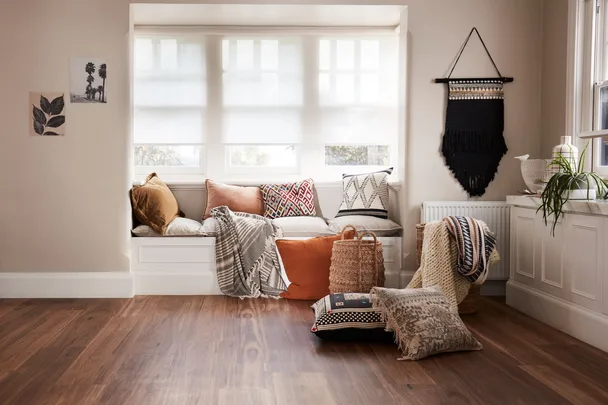 Carpet Court
Carpet Court


